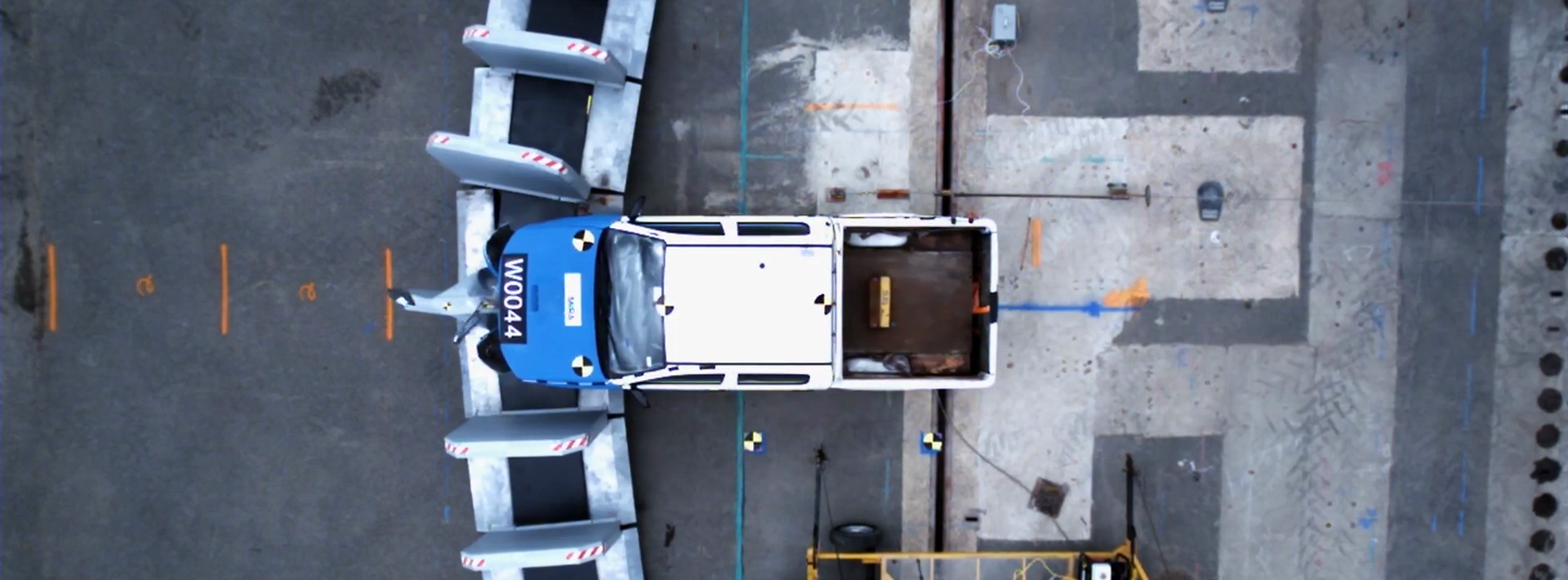Blog
With the threat of vehicle attacks sadly growing in recent years, local authorities, urban planners and business owners are increasingly turning to hostile vehicle mitigation (HVM) solutions to protect properties and public spaces. In this blog, Roger Knight, Head of Engineering & Product Development at Marshalls Landscape Protection explains the most relevant safety standards and requirements that need to be followed.
Owners and operators of businesses and public spaces have a duty to ensure the safety of their patrons. In recent years, and particularly when the new Protect Duty legislation comes into force this year, this obligation extends to making sure that adequate protection is provided against vehicle attacks.
HVM solutions such as crash-tested street furniture, bollards, barriers, seating and planters, offer an effective solution. However, to ensure that these systems provide the optimum levels of protection required, there are a number of key standards and requirements that must be adhered to.
Getting to know PAS 68
The BSI PAS 68 standard is one of the most important regulations relating to HVM solutions. This standard specifies a performance classification for protection systems and their foundations when subjected to a horizontal impact.
Essentially, this involves the physical impact testing of security barriers and solutions at varying speeds using different UK vehicle types. It enables the specification of assured security and protection measures against hostile vehicles in proportion with the site-specific risk.
Each product successfully tested in accordance with PAS 68 is awarded an individual classification code, taking into account the product type, vehicle type, vehicle test weight, impact speed and angle of impact, etc. There is no ‘one size fits all’ solution - selecting proportional measures for the specific site and application is key.
Conducting a Vehicle Dynamics Assessment (VDA) will help determine the correct level of protection required and that the most robust products are selected to achieve this. Also carrying out a utilities survey will ensure the product selected will fit on the site.
Understanding IWA 14-1
Development of the PAS68 standard lead to the IWA14-1 crash test standard, which is the international working agreement for impact testing created in conjunction with the Centre for Protection of National Infrastructure, British Standards Institute and the US Department of State, and other world-wide contributors.
The standard utilises a larger number of vehicle categories (nine) ranging from M1 which relates to vehicles of 1,500kg, all the way up to the N3F classification which relates to vehicles of 30,000kg.
Similar to PAS 68, the IWA 14-1 rating takes into account the product type, vehicle type, test weight of the vehicle, impact speed and angle.
Dealing with PAS 170
Vehicle collisions into people or property may occur by pre-meditated attack or simply by accident. PAS 170-1 was developed in addition to PAS 68 and IWA 14-1 to provide a more accessible rating for HVM systems to be installed on sites to protect against accidental low speed impact or lower speed ‘ram raid’ attacks.
This assessment method is primarily applied to bollards by subjecting them to a low speed impact (16 and/or 32km/h) from an impact trolley replicating a 2500kg 4x4 vehicle. It offers a quicker and less expensive way of testing bollards, however, it does not replace either of the standards listed above. Bollards tested to PAS 170-1 should not be used where there is a requirement to protect against higher speed and/or larger vehicle attack.
Helping hand with Marshalls Landscape Protection
Working with a professional HVM expert like Marshalls will ensure that the best possible safety products are specified for every scheme and budget. All of our HVM solutions have been successfully crash-tested to the required standards, providing verified assurance and peace of mind that the products will effectively protect people and property.
Our products are available in different colours, finishes and can even corporate branding, allowing security measures to blend seamlessly into existing environments without having a detrimental effect on the look and feel of the space.
We understand that every site and project is different and that requirements vary from location to location. Our in-house design and engineering teams can help with undertaking Vehicle Dynamics Assessments (VDAs) and utilities surveys in order to select the most appropriate solution for each individual application. We will help determine the nature of threats facing a particular location, enabling urban planners to specify proportionate and value engineered HVM solutions tailored to exact needs.
To find out more about our extensive range, visit: https://www.marshalls.co.uk/commercial/landscape-protection








